Description
House’s Descriptive Inorganic Chemistry, Third Edition, provides thoroughly updated coverage of the synthesis, reactions, and properties of elements and inorganic compounds. Ideal for the one-semester (ACS-recommended) sophomore or junior level course in descriptive inorganic chemistry, this resource offers a readable and engaging survey of the broad spectrum of topics that deal with the preparation, properties, and use of inorganic materials.
Using rich graphics to enhance content and maximize learning, the book covers the chemical behavior of the elements, acid-base chemistry, coordination chemistry, organometallic compounds, and numerous other topics to provide a coherent treatment of the field. The book pays special attention to key subjects such as chemical bonding and Buckminster Fullerenes, and includes new and expanded coverage of active areas of research, such as bioinorganic chemistry, green chemistry, redox chemistry, nanostructures, and more.
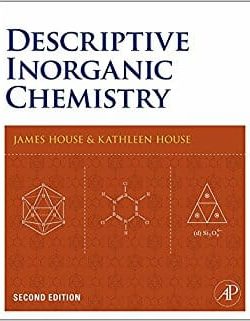
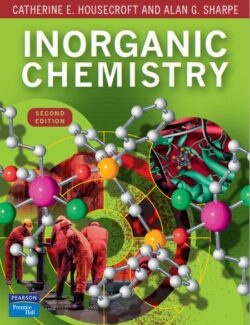
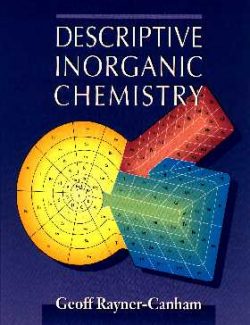
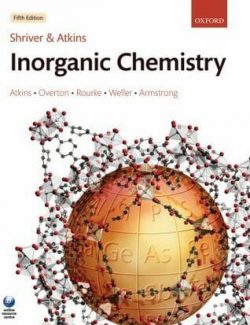
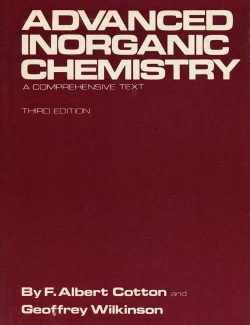
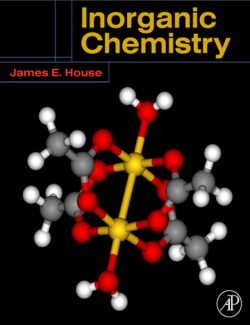
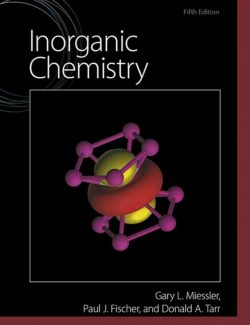

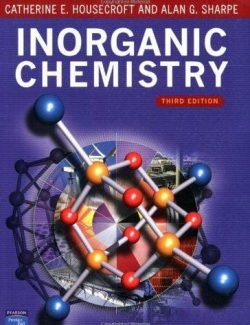
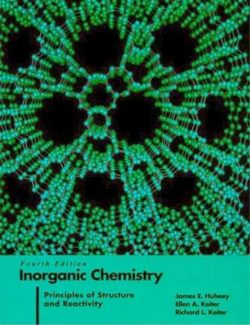
Leave us a comment
1 Comment